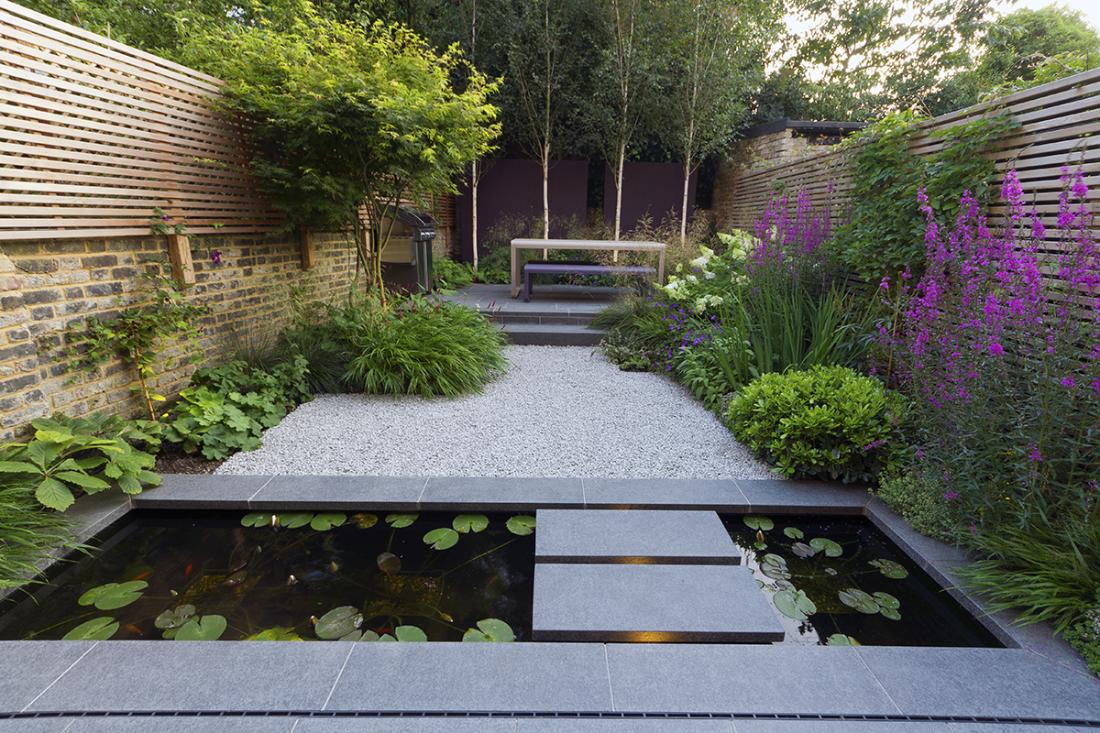Material
Aggregates and Infill
Nov 2 2022
Aggregate is a granular material that acts as a basis and infills in concrete for the used in construction. It generally separated into fine aggregates and coarse aggregates. Normally fine aggregate particles that less than 4.75mm in diameter. Natural sand, such as river sand, sea sand, valley sand and artificial sand ground from hard rock can be the fine aggregate. While coarse aggregate particles require diameter size larger than 4.75mm are usually obtained from a crushed stone. The material that used up as coarse aggregate is normally gravel and pebbles.
Introduction
A mixture like an asphalt and concrete uses these aggregate as the additives. All these aggregate serves as reinforcement and also add strength towards a composite material. Concrete mix usually contains 60% to 80% of aggregate. If it is not added when doing a cement mixture, the mixture would not solidify and thus cannot be used. Bigger aggregates or coarse aggregates usually help in maintaining the strength of the concrete but reduces the amount of cement used and also the cost of the concrete mix too. The strength of gravel aggregates in concrete is higher compared to pebble concrete but the process of getting it from crushed stone make its prices higher than the pebble materials.Applications
Gravel aggregates can come in different size for different purposes. The size usually sorted and mixed accordingly into a cement mixture to achieve the desired strength and weight of the mixture. They are usually the preferred aggregate for cement mixture because of their economic value and also easily obtainable in every place. Long distance delivery is usually not recommended since the transport fee might higher than the product itself. Other usages like bitumen road would use the gravel as the base of the road. For some occasions, gravel aggregates itself were also used as the decorative material for a garden like the gravel path.Other upcoming and popular aggregates are the fly ash aggregate. It is the by-product of burning coal in an electric generation power plants. The fly ash used in the cement is usually in fined powder mode. This aggregate is so useful because it reduces the water consumption in the cement and increase the workability at the same time. The fly ash cement is as useful as Portland cement and even better because it reduces the total consumption of Portland cement and hence reduce the pollution. Furthermore, the fly ash also helps in forming a greater compressive strength of concrete and if only the price is more economical than this would be a perfect substitution for making cement.
With the modern blasting methods that are widely used, aggregates are more easily to obtain from the quarries. This type of building material is high in demand in construction and is available in many places compared to the other material like limestone, granite, and marble these materials are higher in quality and hence rarer. Aggregates are generally low-value product compare to the high cost of transportation and thus locally mined aggregates are more suitable. In order to satisfy with the demand, even the slag and recycled concrete are put to use. These common constructions aggregates are the steel furnace slag and blast furnace. For some cases the recycle aggregate like glass aggregate can be used as a decor since you can mix different color or single tone of glass. Furthermore, this material considers as a green building material because it can save landfill space due to glass cannot be smelted into a new glass. However, these kinds of material have lesser in demand because its unable to replace the mined aggregate.
Advantages
Following are the advantages of using recycled aggregates:cost-saving
versatility
Eco-friendly
Durable
Popular Aggregates:
Gravel
Limestone
Fly Ash
Sand
Vermiculite
Glass
Recycled Concrete
Contact us today for your aggregates and infills supplier or contractor in Malaysia.

